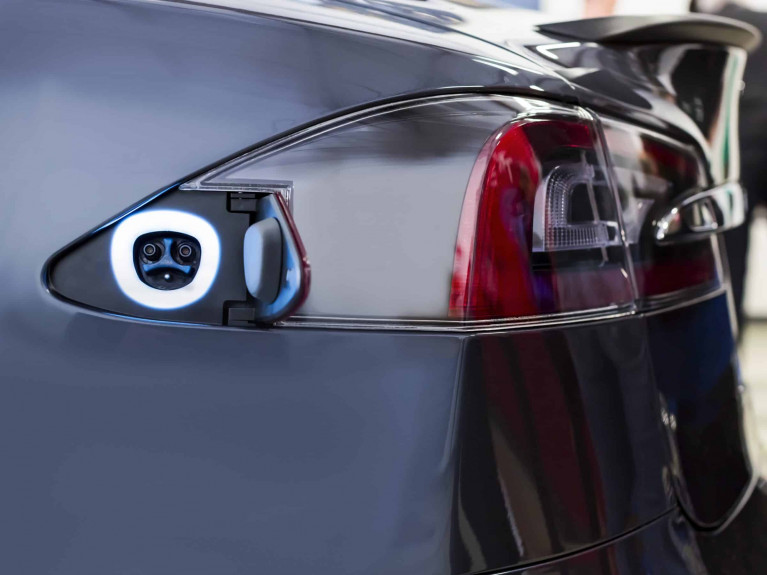Columbus’s No-Emission Fleet Goals and Other Initiatives Will Inspire and Educate
Columbus, America’s Smart City, is a “smart” choice for NAFA’s I&E as well. It is a perfect place for NAFA fleet managers to converge and get inspired by the city’s reinvention of transportation to accelerate human progress. The city is demonstrating how safe, cleaner, and more equitable transportation options can create opportunities for its residents and prepare this region for the future. We can all learn from the city’s initiatives.
The Central Ohio Transit Authority (COTA), the City of Columbus, and the Mid-Ohio Regional Planning Commission, among others, are demonstrating how collaboration can provide equitable mobility options for residents and visitors, ensure access to jobs and affordable housing, promote economic growth, and improve sustainability. We encourage you to soak up as much inspiration from the city as you can this week. A good place to start is to check out the Smart Columbus Digital Playbook, which contains articles, case studies, and success stories to help cities, businesses, nonprofits, and academic organizations replicate and scale these proven programs just like it’s been done in Columbus.
“The Central Ohio Transit Authority has a deep commitment to being a completely low- and no-emission vehicle fleet by 2025,” says Central Ohio’s chief of transit operations, Matt Allison. “For nearly a decade, COTA has been replacing its diesel fleet with compressed natural gas and will be diesel-free in three years. We have upgraded both of our garage facilities to have CNG infrastructure. COTA is investing in battery electric vehicles, which provides even less of a carbon footprint. We have also provided 32 vehicle charging stations for our park and rides and other public locations.”
Allison says these efforts represent a substantial reduction in greenhouse gas emissions and improve the air quality and health outcomes in communities that see the most traffic. Between 2012 and 2020, the region’s transportation-related greenhouse gases output increased by approximately 40%. COTA has bucked this trend due to early investment and aggressive movement away from diesel vehicles to affect a 9% reduction in greenhouse gas generation over the same period.
Take advantage of the opportunities you have this week to learn from the city of Columbus, the case studies and thought leadership of the I&E presenters, the exhibitors on the show floor who have technology and expertise to solve your challenges, and of course, from each other. If there is anything at all that we can do to improve your I&E experience, please stop by the NAFA booth.


